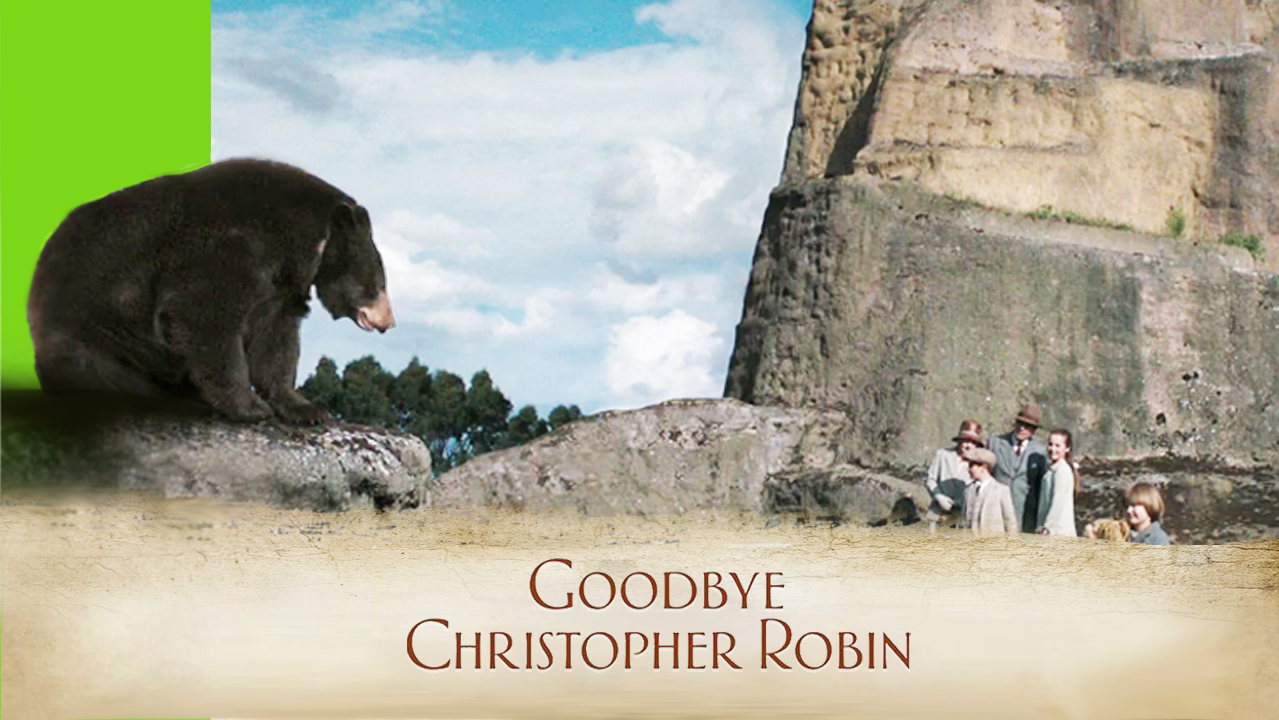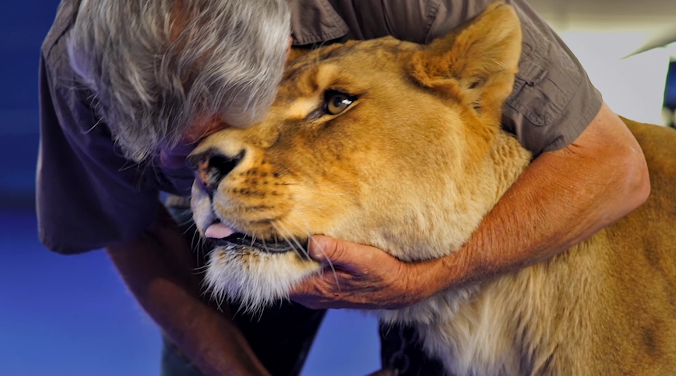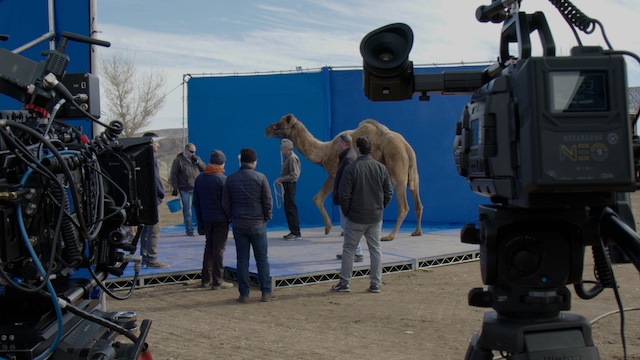
Behind The Scenes On “Goodbye, Christopher Robin”
Casting is one of the key ingredients in all types of visual storytelling and animals are no exception. This was certainly true of our latest project on the Fox Searchlight feature “Goodbye, Christopher Robin.”
The historical drama, directed by Simon Curtis, is based on the life of AA Milne, the British author known for writing the famous “Winnie-the-Pooh” children’s books. When we first received the call from the movie’s UK-based production company, DJ Films, we were incredibly excited to have the opportunity to work on a project where the animal is such an integral part of the story.
Winnie the Pooh is an imaginary character based on a bear Milne’s son Christopher (Will Tilston) sees during a visit to London Zoo. Set in wartime England, the film focuses on the relationship between Milne (Domhnall Gleeson) and his son, and the strains of fame on their lives following the overwhelming success of his book.
From the outset, we knew the producers wanted the authenticity of using a real black bear and were drawn to GreenScreen Animals because of the humane aspects of our work. We were asked to perform a custom shoot for the pivotal scene where the mother, (Margot Robbie) and the nanny, (Kelly Macdonald) take Christopher Robin to the zoo. In the scene, the three come across a bear named Winnie, short for Winnipeg, and Christopher has his picture taken with her. He then tells his father about the bear, inspiring him to come up with the title character for his stories.
DJ Films gave us a copy of the now famous image of Christopher Robin posing with Winnipeg, the bear, at the London Zoo and our task was to match the print. Since the plates were already shot, we also needed to match the platform which the bear sits on during the scene including its inclination and the exterior lighting. When working with animals, preparation is always a key component.

The biggest challenge in this project was casting; finding a bear that was the right size. We looked at many larger candidates but after much searching, we found a rescue bear located in Southern California which was the perfect fit. We hired the bear and her caretaker for the custom shoot and built a green screen stage at the ranch.
As with all our shoots, the focus is always on the animal. Our mission is to create a comfortable, and safe environment for all. Often this requires us to record at the location where the animal lives and bring them to set in advance to acclimate themselves to their surroundings. This is considerably different from a film set where the fast pace of the shoot combined with the unfamiliar surroundings can be stressful for the animal, as well as director, talent, and crew.
The communication started with a general email inquiry. This was followed up by a call and ultimately a bid. The film’s production team provided us with the plates and specs from the movie and we ran with it from there. GreenScreen Animals provided all aspects of production – a turn-key solution. We included the DP, crew, equipment, insurance, payroll, animals, handlers, American Humane, and all elements needed to pull off the shoot.
In our work, we always take into account the focus window of the animals. We know it’s extremely limited so we plan for lots of breaks throughout the day. The key during the shoot is to break the animal when we think we’ve got the shot, as opposed to shooting take after take. We then quickly composite and test the footage in After Effects on-site to confirm if we have what we need. This takes the strain away from the animal.
We pre-built at the ranch the day before, then shot and wrapped the following day. On the shoot day, we had about 2-hours of setup in the morning and approx. 3 hours of shooting. However, the bear only worked for about an hour total. In order to acclimate the little black bear to the platform, we allowed her to spend time with it, crawl all over it and familiarize herself with it. It was built onto short steel-decking so she could easily jump on and off.
For the shoot, the visual effects supervisor from DJ Films joined us on set as we usually require someone from the movie to give final approval. Sometimes it’s the director but often it’s the VFX supervisor because they know what they need and what will work. We often shoot what was requested and then get some alternate takes as well.
On this project, we also had to match the camera, lens, and lighting. We used the Sony F55 w/16bit raw recorder. We matched the light source from the plates to make it easier for the compositors to blend the shot and “sell it” to the viewer. Getting a nice even key is always our top priority, which often requires flat lighting. So, as with many of the image capture decisions, we take a balanced approach.
As we finish another rewarding job, we feel gratified knowing that we were part of an amazing creative journey that began when a young boy came across a little black bear at a zoo and culminated in a poignant film about Milne and his son. This time our humane set and meticulous approach earned us a satisfied client on the other side of the Atlantic. We can’t wait for our next challenge.
Click the image below to watch the scene featuring our footage:










